2" 1500LB wafer check valve is made according to API 594 standard. The valve body is made of A182 F316+STL 6. It has the structural characteristics of double disc, wafer type and built-in type. Its connection mode is RF.
Payment:
30% when order confirmed, 70% before shipmentProduct Origin:
ChinaColor:
CustomizationShipping Port:
Shanghai, ChinaLead Time:
30~60 days Ex Works after order confirmationMaterial:
A182 F316+STL 6Product Description
|
Type |
Wafer Check Valve |
|
Size |
2" |
|
Pressure |
1500LB |
|
Connection |
RF |
|
Body Material |
A182 F316+STL 6 |
|
Design Norm |
API 594 |
|
Pressure-temperature |
ANSl B16.34 |
|
Flange Ends |
ANSl B16.5 |
|
Face to Face Dimension |
APl594 |
|
Test & Inspection Code |
API 598 |
|
Temperature |
-120 ~ 300°C |
|
Applicable Medium |
Water, Oil and Gas |
Features
1. Short structural length, small volume, light weight, quick closure of valve disc, low water hammer pressure;
2. Smooth flow channel, low fluid resistance, sensitive action, and good sealing performance.
Technical Drawing
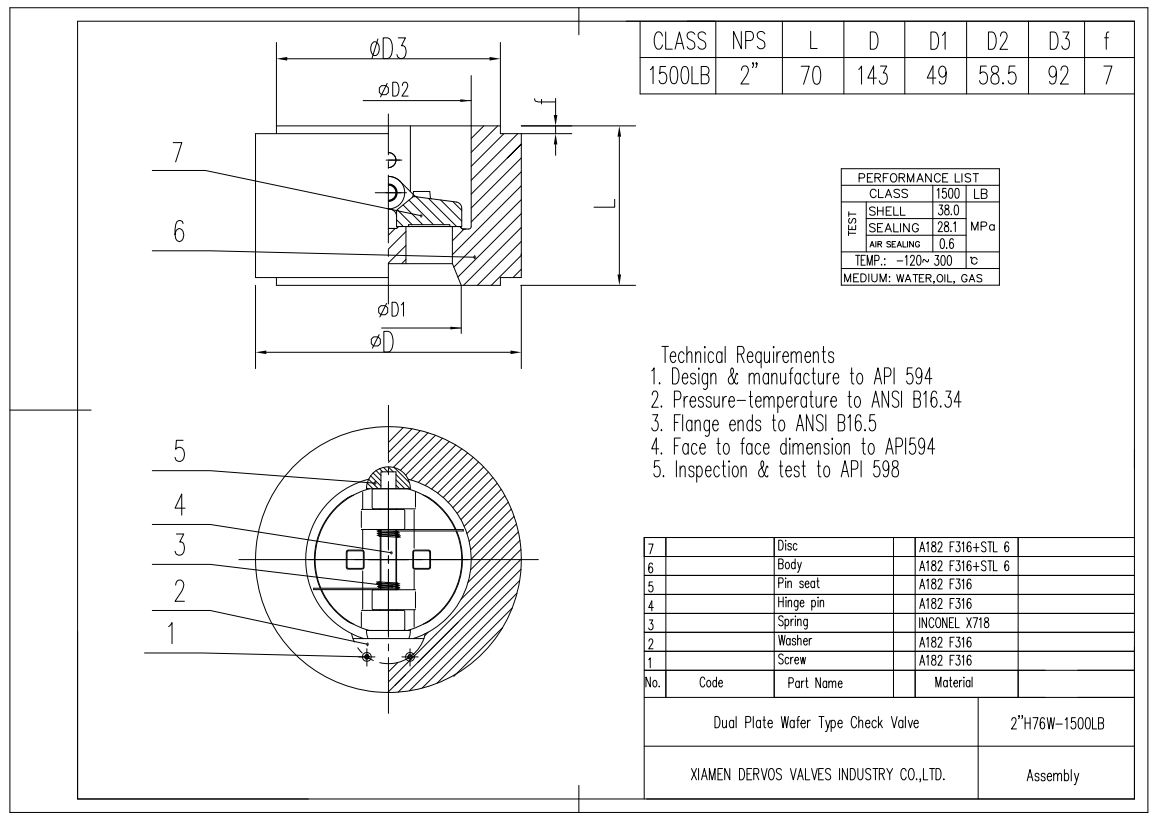
Dimension Checking
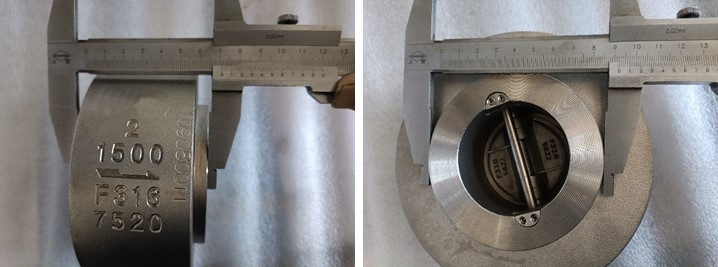
Pressure Testing
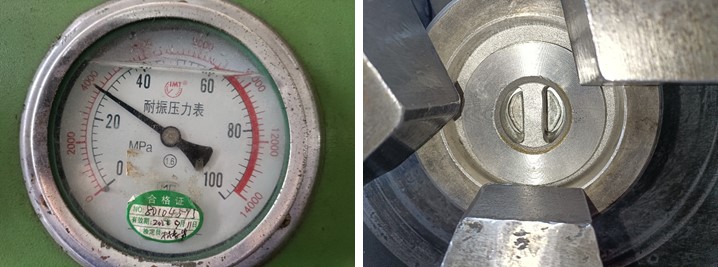
Packing
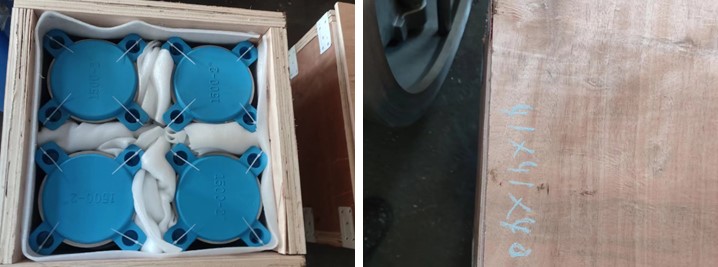
Inspection report
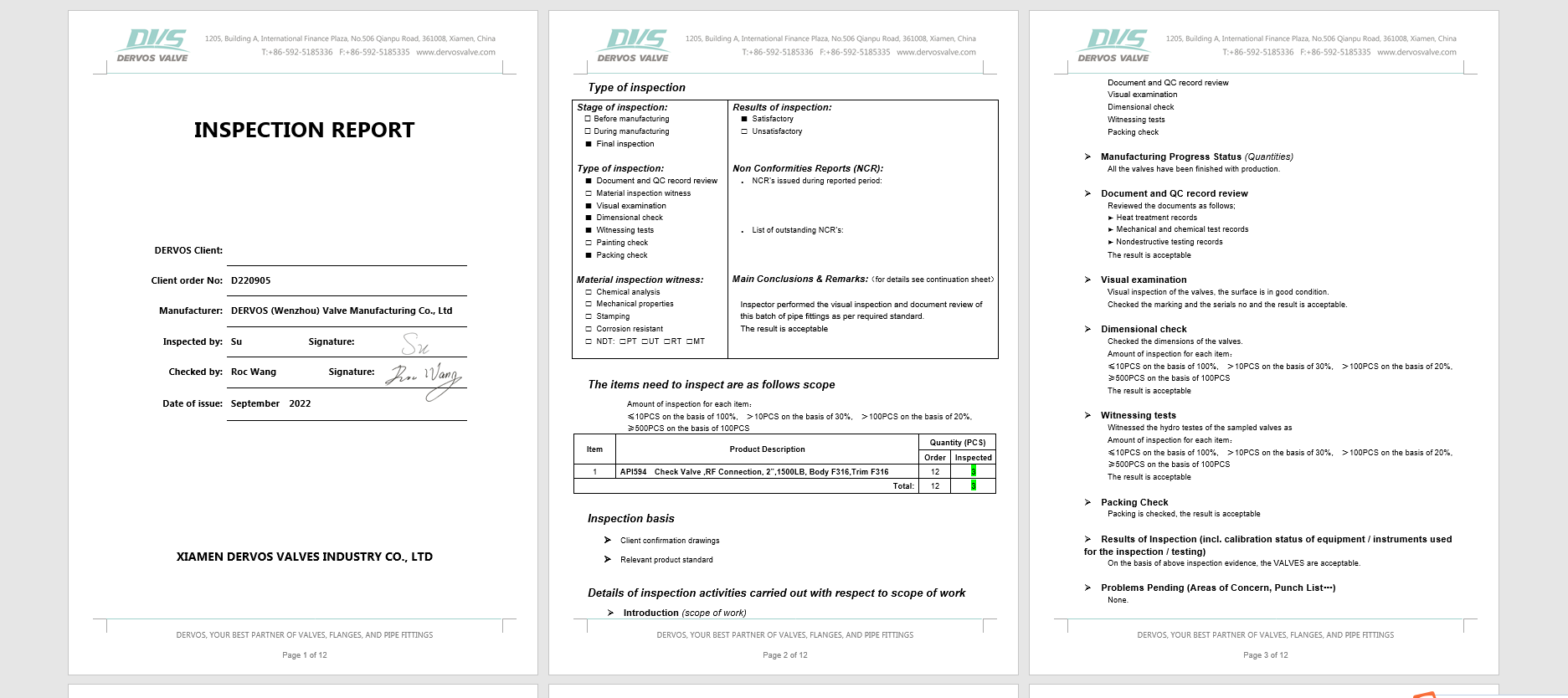
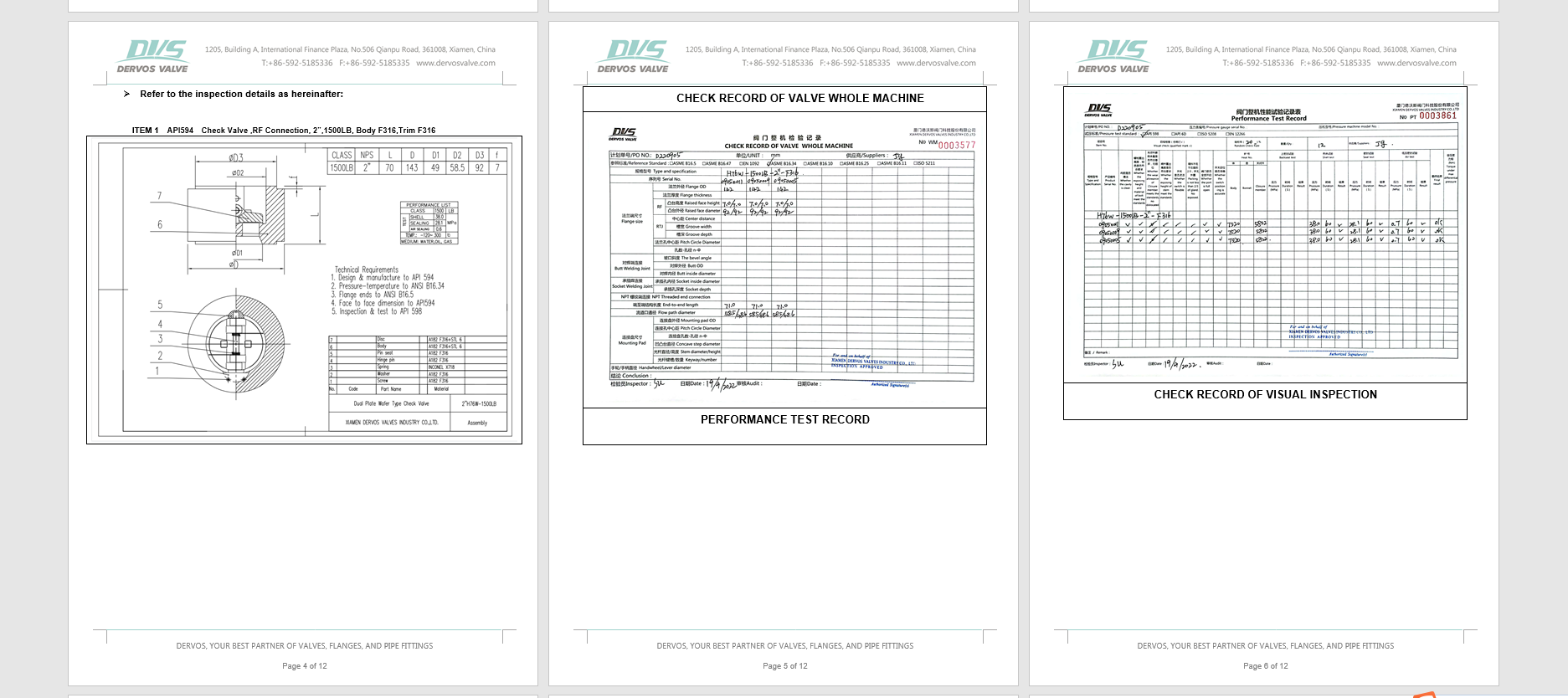
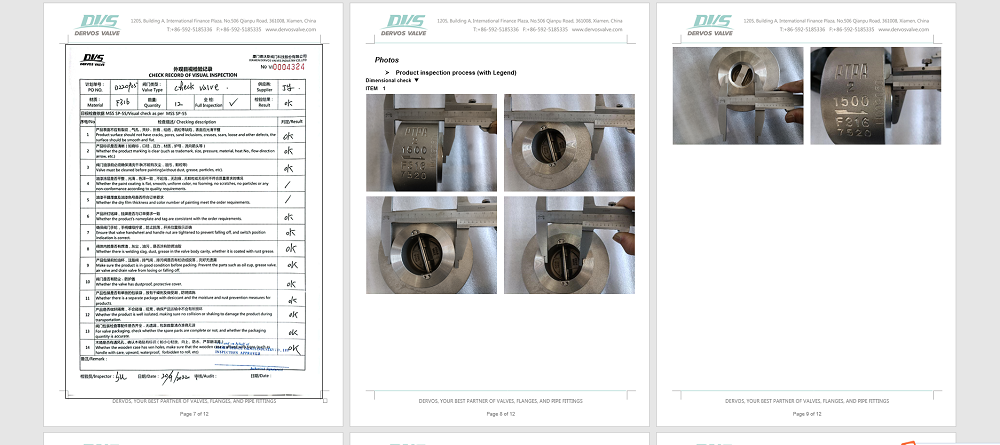
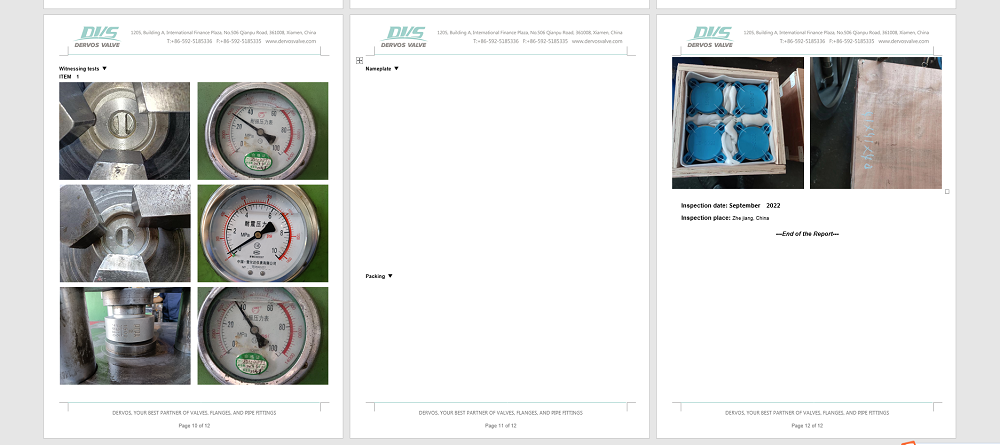
If you are interested in our products and want to know more details,please leave a message here,we will reply you as soon as we can.